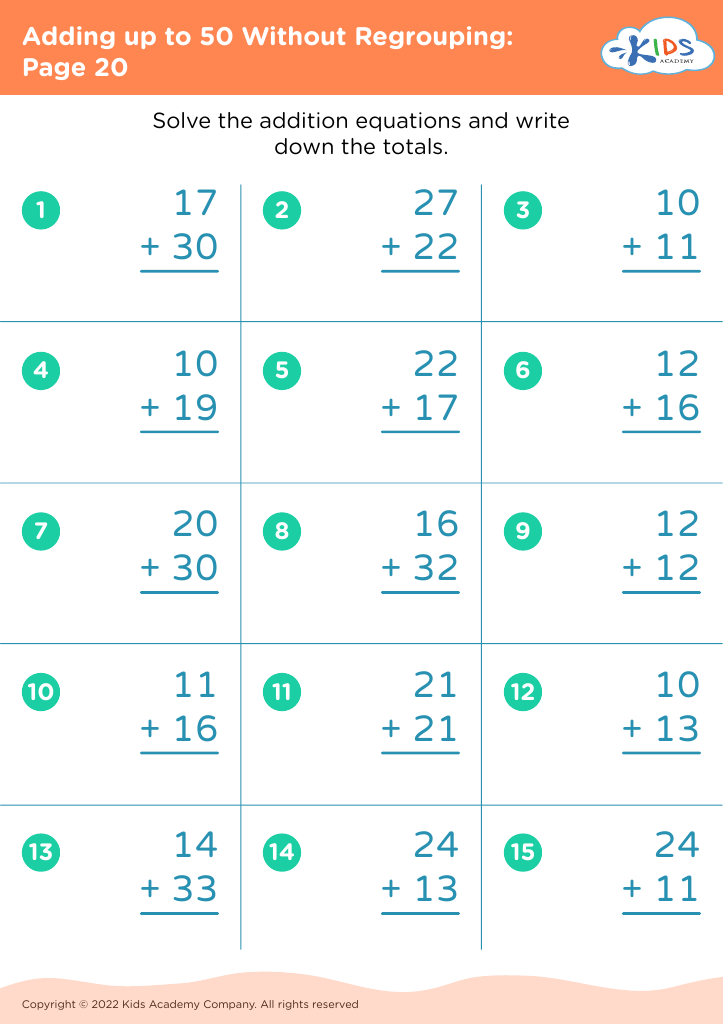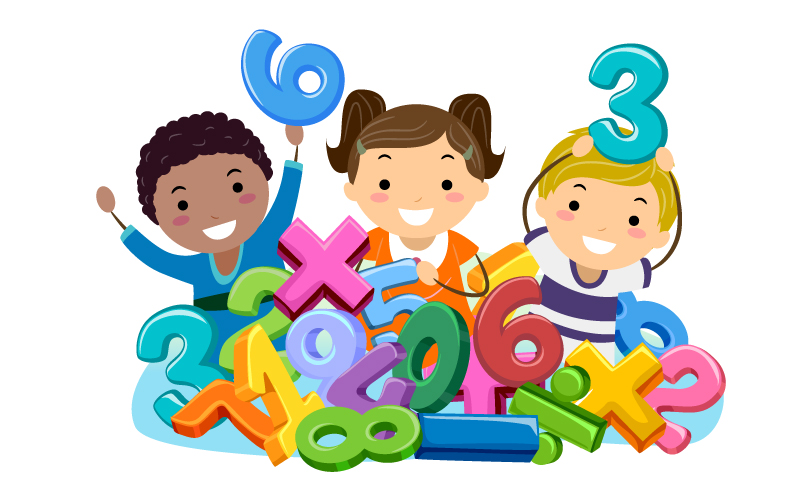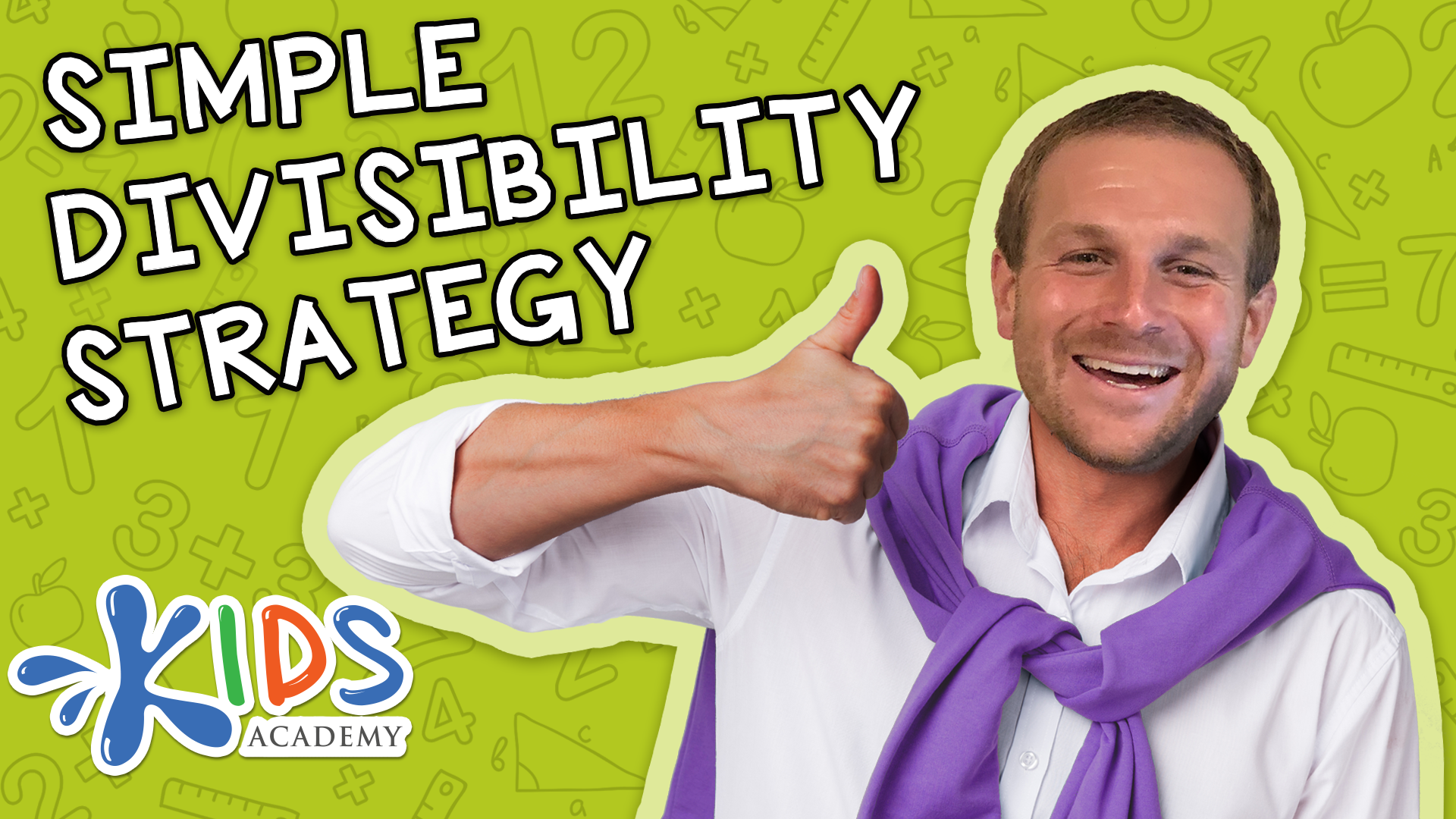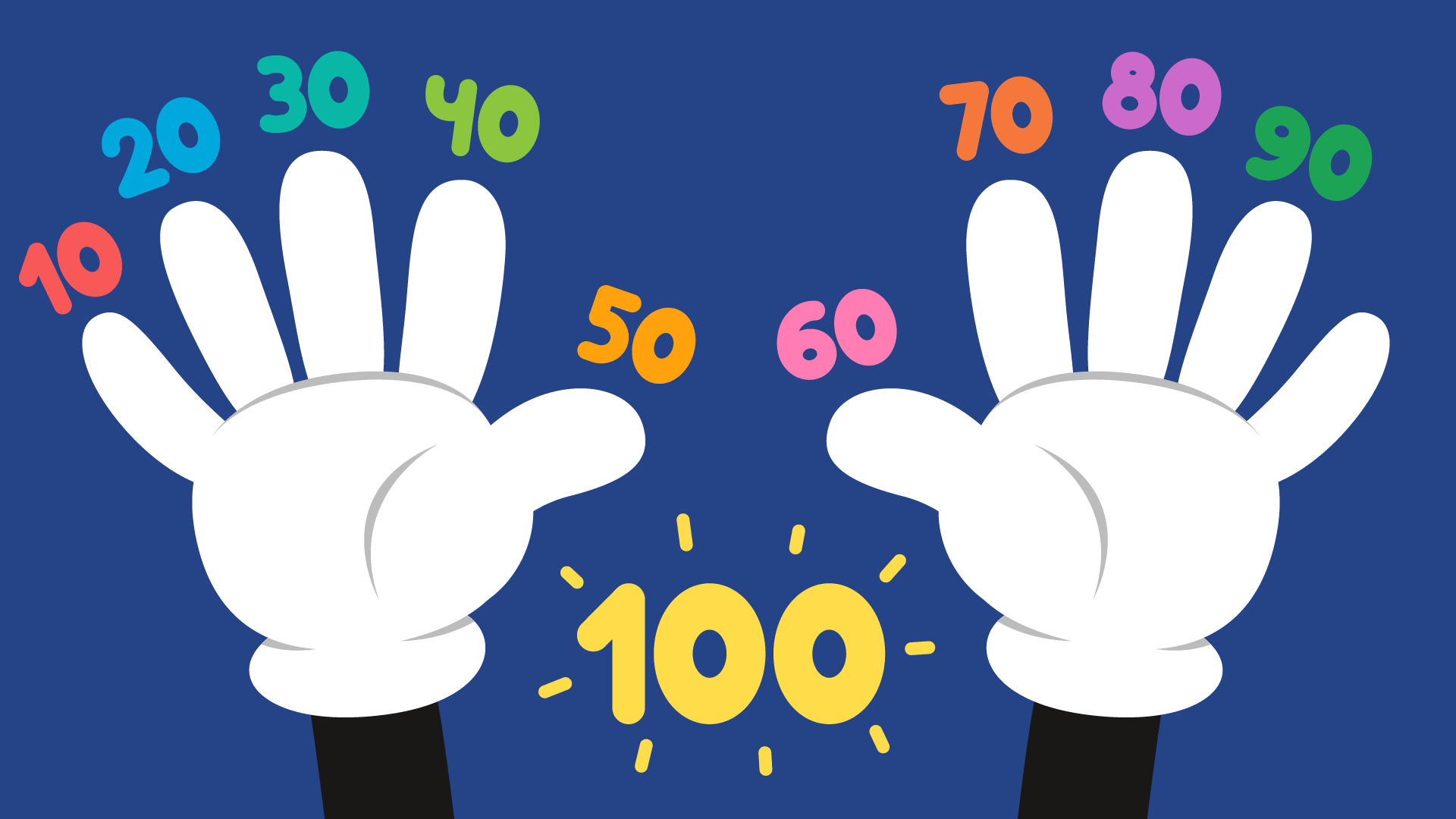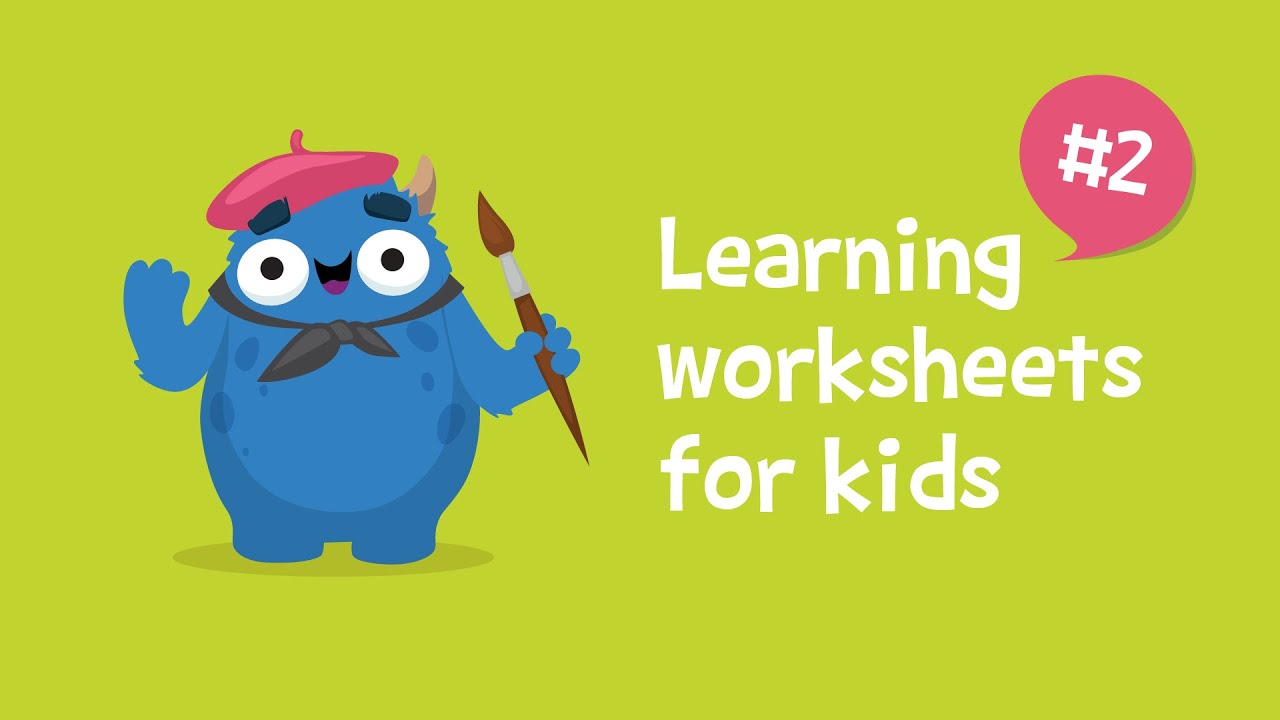Understanding ordinal numbers Math Worksheets for Ages 6-9
3 filtered results
-
From - To
Unlock the world of ordinal numbers with our engaging worksheets designed specifically for children aged 6-9! These resources provide fun and interactive ways for kids to grasp the concept of ordinal numbers in a playful manner. Through a variety of exercises, including identifying positions and completing sequences, young learners will develop essential math skills that lay the foundation for future success. Perfect for home or classroom use, our worksheets not only make learning enjoyable but also enhance critical thinking and problem-solving abilities. Explore our collection today and help your child become confident in understanding ordinal numbers!
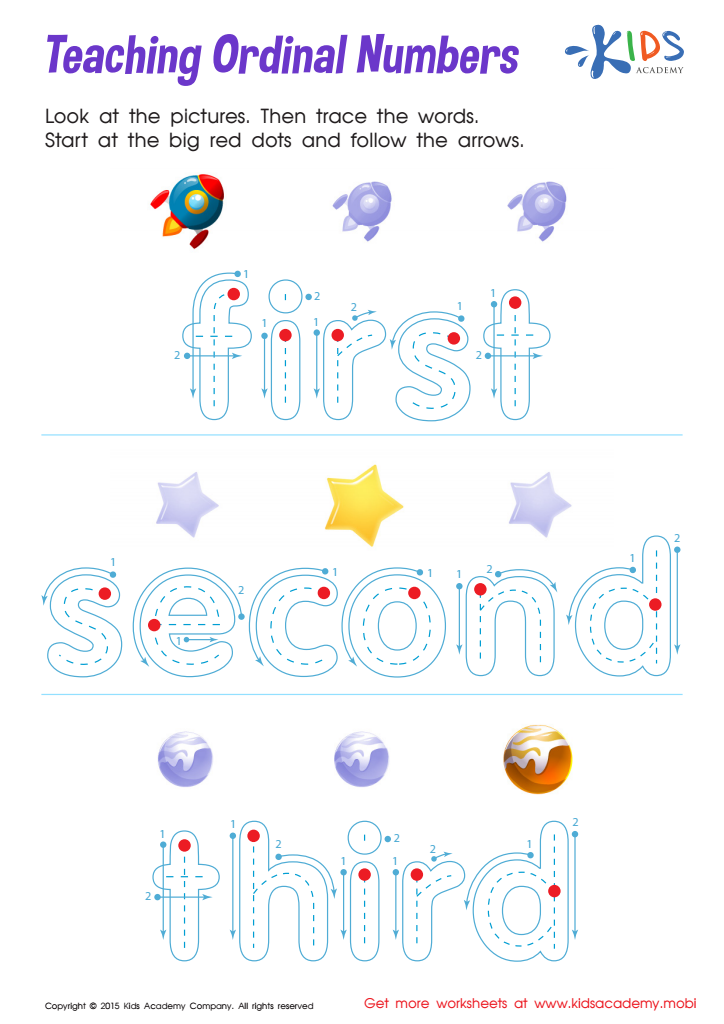

Ordinal Numbers: Teaching Ordinal Numbers Printable
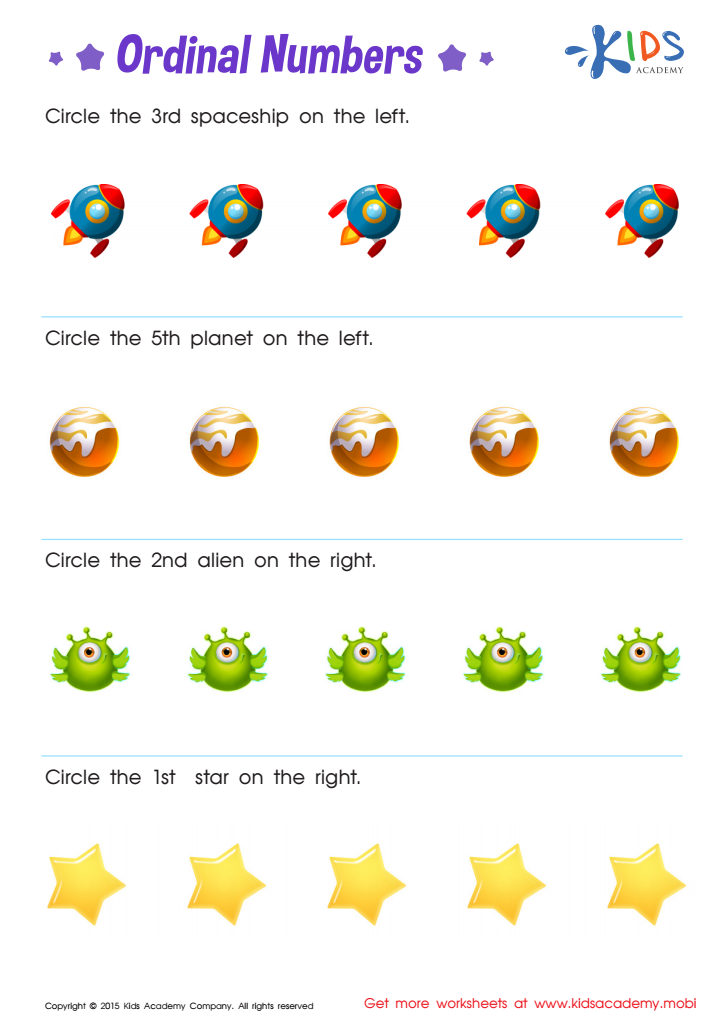

Ordinal Numbers: Space Ordinals Worksheet
Understanding ordinal numbers is crucial for children ages 6-9 as it lays the foundation for their mathematical and cognitive development. Ordinal numbers, which indicate position or order (first, second, third, etc.), help children grasp concepts of sequence and hierarchy. This understanding is essential not only in math but also in everyday scenarios, such as following instructions, organizing tasks, or competing in races.
For parents and teachers, fostering comprehension of ordinal numbers promotes critical thinking. It encourages students to recognize patterns, devise solutions, and communicate their ideas effectively. Additionally, a solid grasp of ordinal numbers supports later mathematical concepts, including fractions, sorting, and data interpretation.
In social settings, understanding order is critical; children can navigate group dynamics, understand timelines, and engage in cooperative play. Teaching children about ordinals also enhances their vocabulary, as they learn to articulate positions and comparisons clearly.
Furthermore, early mastery of ordinal numbers helps to build confidence in mathematical abilities, preparing students for more complex topics as they progress in their education. Overall, incorporating ordinal numbers into learning fosters essential skills that affect multiple areas of childhood development, making it a vital focus for both educators and parents.
 Assign to My Students
Assign to My Students
